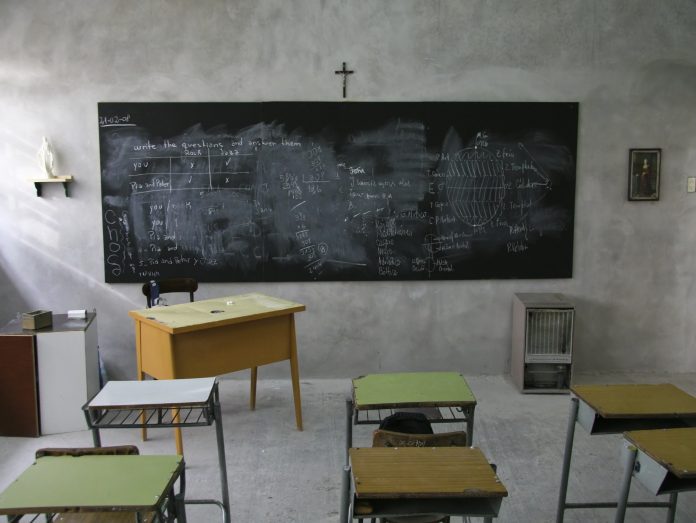
by Frances Ferraro
For most children, the catechetical year runs concurrent with the school year. For various reasons, however, an increasing number of children miss out on opportunities to participate in traditional, structured religious education. What’s more, these children very often do not receive catechesis at home. “It is the responsibility of the Christian community to address this situation by providing generous, competent and realistic aid, by seeking dialogue with the families, by proposing appropriate forms of education and by providing catechesis which is proportionate to the concrete possibilities and needs of these children” (General Directory for Catechesis, n. 180).
We are fully aware of the many challenges that face families today. Both parents may work outside the home. Many families experience increasing financial pressures. Households consist of traditional families, single-parent families, and multi-generational families. Language and cultural differences can create unique challenges for the entire family. These situations can leave some families feeling overwhelmed and looking to the Church for assistance with religious education for their children.
Our “catch up catechesis” time with these children is limited, and so it is crucial that it be used effectively while providing a supportive environment where all family members can grow in their faith. As catechists, we know that all children need to experience God’s tender compassion, love, and companionship that provide the inner peace and joy required for their life journey.
Listen with your heart: During an initial meeting with the family, listen carefully to the parents or guardians. Determine what constitutes the family in that household and ask about special needs and concerns. In this way, the needs of each student may be assessed, thereby enabling the development of a tailored plan designed to meet the needs of each student.
Set clear expectations: For your time to be fruitful and effective, children must come prepared for each learning session. They must have their books and writing tools, and assignments must be completed and submitted on time. “In the catechetical process, the recipient must be an active subject, conscious and co-responsible and not merely a passive recipient” (GDC, n. 167).
Connect faith to life: Engage students in dialogue and help them to see the “faith-to-life” connections. A supportive environment will encourage the children to ask questions about their faith and the world in which they live—questions they might not otherwise ask. Here is where you can speak to their hearts, enkindle their faith, and awaken in them a sense of social justice and service as lifelong Catholics. “The aim of catechetical activity consists in precisely this: to encourage a living, explicit, and fruitful profession of faith” (GDC, n. 66).
Pray: Make prayer a routine part of your time together. Try not to be discouraged if the children don’t know their prayers. You are there to teach them! For bilingual students, provide a copy of traditional Catholic prayers in both English and in the family’s first language. Be sure to pray together at the beginning and the end of each session in English and in their native language (if possible).
Being a co-worker in God’s vineyard requires us to adapt to the many different families who come to us seeking religious formation. We must consistently put Christian charity first. In this way, we can be beautiful branches on his vine.
I often look to my patron Blessed Pope John XXIII for guidance in this ministry. Author and teacher Bill Huebsch once said of him: “He recognized charity as the primary way we enter into the work of our ministry—not exactitude, not perfection, not authority or even orthodoxy. Charity for him was first.” And it should be for us as well.
Frances Ferraro is a catechist at Our Lady of Mercy Parish in Park Ridge, NJ, where she has taught children grades one through six for the past eight years. She is an Extraordinary Minister of Holy Communion and further serves her parish faith formation program by assisting children with “catch up catechesis.”
Copyright 2013, Bayard, Inc. All rights reserved. This article is protected by United States copyright and other intellectual property laws and may not be reproduced, rewritten, distributed, redisseminated, transmitted, displayed, published or broadcast, directly or indirectly, in any medium without the prior written permission of Bayard, Inc.
This article was written by the Catechist Staff and appeared in Catechist magazine, February 2013.
Image Credit: Shutter Stock 36076513




